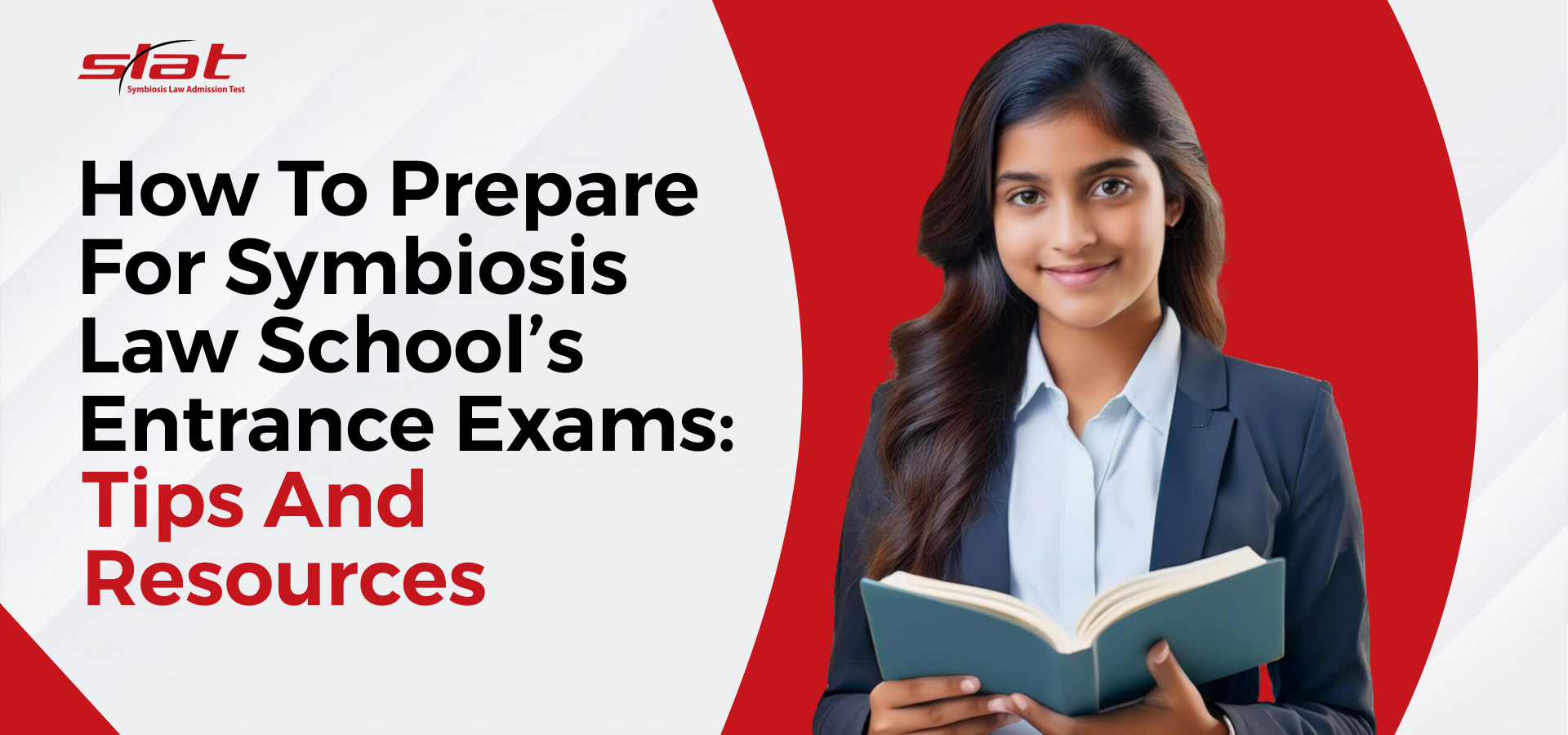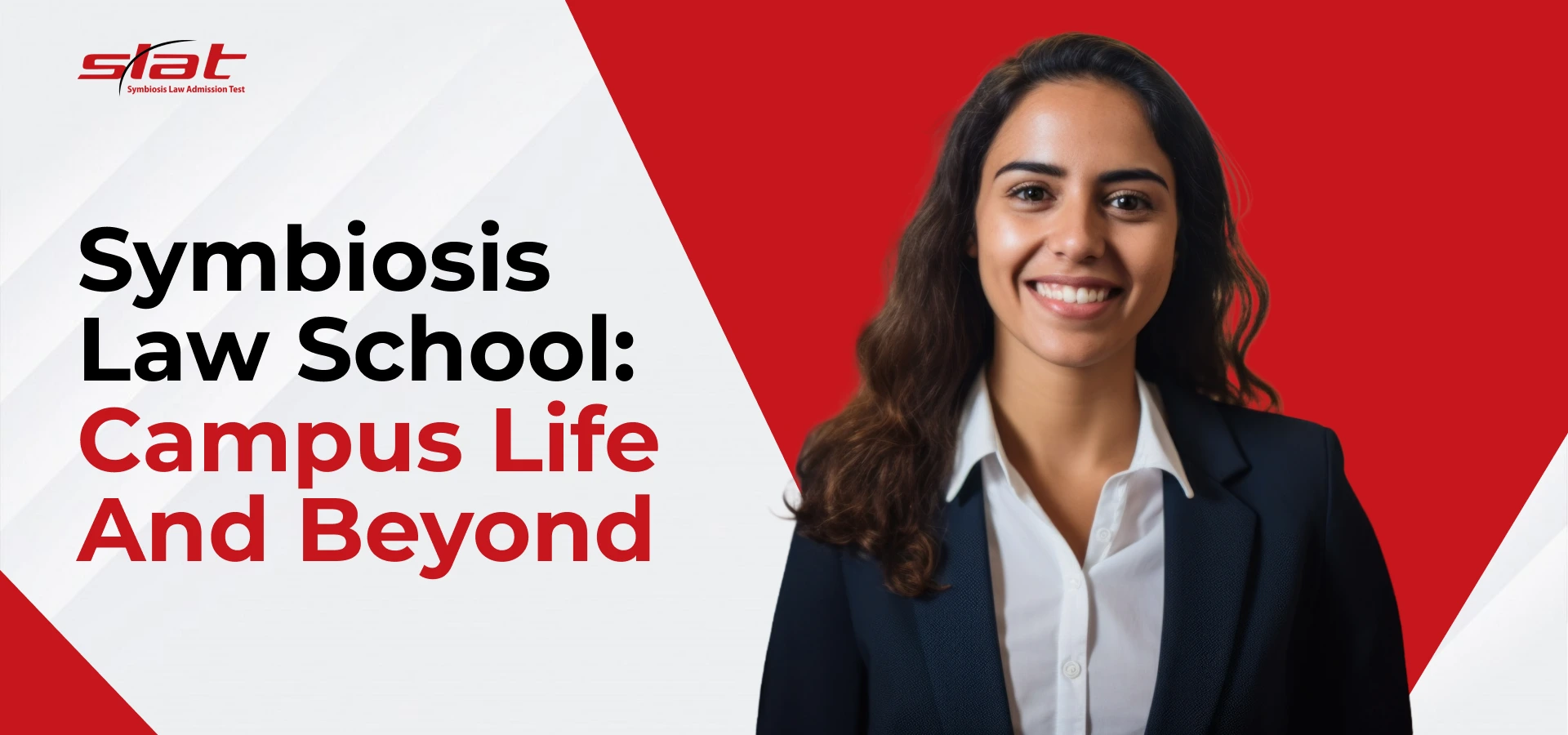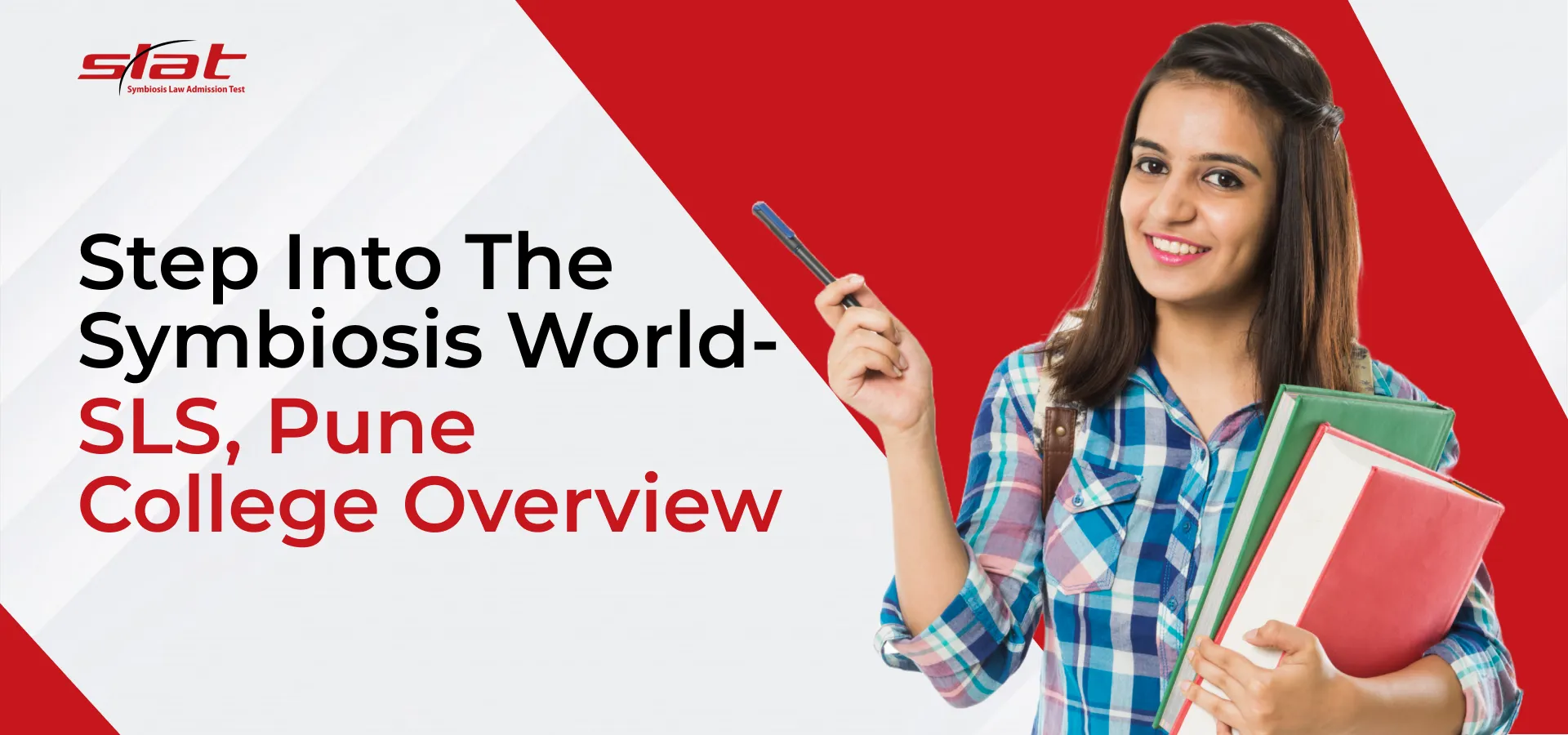How To Prepare For Symbiosis Law School’s Entrance Exams: Tips And Resources

Overview
Preparing for the Symbiosis Law Admission Test (SLAT) is a critical step for students like you who are aiming to secure a seat at one of India’s top law schools. The exam, conducted by Symbiosis International University (SIU), is highly competitive. It assesses a wide range of skills such as logical reasoning, legal reasoning, reading comprehension, general knowledge and analytical reasoning. To stand out in the SLAT 2025, candidates must have a strategic study plan, use quality resources and practice time management.
The key to success lies in understanding the exam structure, focusing on weak areas and using reliable resources like mock tests and study materials. This blog will provide you with a comprehensive guide on how to prepare for SLAT 2025. Therefore, it will highlight essential tips and resources to help you ace the test and secure your place in one of the top law programmes offered by Symbiosis Law School. So let’s dive in!
What Is The Structure Of The Syllabus?
The Symbiosis Law Admissions Test (SLAT) evaluates candidates across five key sections, each designed to test different skills required for success in law school. The sections are:
- Logical Reasoning: This section assesses your ability to analyse patterns, draw conclusions and solve logical puzzles. It tests critical thinking and decision-making abilities, skills crucial for a legal career.
- Legal Reasoning: Focused on legal principles, rules and their application, this section does not require prior legal knowledge. However, it tests how well you understand legal scenarios and concepts. The questions often include hypothetical cases where candidates must apply logic based on provided legal principles.
- Analytical Reasoning: This section evaluates your problem-solving skills through questions that involve interpreting data, patterns and sequences.
- Reading Comprehension: You will be tested on your ability to read, understand and interpret passages. This section focuses on comprehension, inference and critical analysis of texts.
- General Knowledge: Covering current affairs and static GK, this section tests your awareness of national and international events, politics, economics and more.
The Symbiosis Law Admissions Test requires a balanced preparation strategy focusing on all these areas.
Tips To Crack The SLAT
Preparing for the Symbiosis Law Admission test requires a well-structured plan and focused strategy. Below are essential tips to help you succeed:
1. Understand the Exam Pattern and Syllabus
- Before diving into preparation, familiarise yourself with the SLAT exam pattern and syllabus. The test comprises sections on logical reasoning, legal reasoning, analytical reasoning, reading comprehension and general knowledge. Understanding the structure will help you allocate time effectively.
2. Create a Study Schedule
- Plan a comprehensive study timetable that covers each section of the exam. Prioritise topics based on your strengths and weaknesses. Ensure that you balance your time across all subjects without overloading any particular area.
3. Practise Logical and Legal Reasoning
- Logical and legal reasoning sections are critical in SLAT. Practise various types of logical puzzles, pattern recognition and legal scenarios. Focus on understanding concepts rather than rote learning. Work on past papers to familiarise yourself with question types.
4. Stay Updated on Current Affairs
- For the general knowledge section, stay updated with daily news by reading newspapers, magazines and online news portals. Focus on national and international current affairs, legal developments and important economic and political events.
5. Strengthen Reading Comprehension
- Improve your reading speed and comprehension skills by practising with passages from different sources, including newspapers, legal journals and online articles. Work on inference, understanding context and analysing arguments to excel in the reading comprehension section.
6. Solve Mock Tests and Previous Papers
- Solving mock tests and previous years’ question papers is crucial for understanding the exam’s difficulty level and improving time management. These will help you simulate the real exam experience and allow you to gauge your performance.
7. Focus on Time Management
- Learn to manage your time effectively while answering each section. Set mini-deadlines for each section to ensure you complete the paper on time. Practice speed and accuracy during mock tests.
8. Revise Regularly
- Regular revision is key to reinforcing what you’ve studied. Set aside time for weekly revisions, especially for subjects like current affairs, legal principles and logical reasoning.
By following these tips and maintaining discipline throughout your preparation, you can enhance your chances of scoring well in the Symbiosis Law Admission test.
Exploring Helpful Resources For Preparation
To crack the Symbiosis Law Exam, leveraging the right resources is crucial. Some of the most helpful resources include:
- Books: “Guide To Symbiosis Law Admission Test” and “Legal Aptitude for the CLAT and Other Law Entrance Examinations” by A.P. Bhardwaj are excellent for covering SLAT topics.
- Online Platforms: Websites like Unacademy, BYJU’s and others offer online courses and mock tests tailored for law entrance exams.
- Mock Tests: Practising mock tests from the Symbiosis Website and previous years’ question papers will help improve time management and familiarise you with the exam pattern.
Conclusion
Successfully preparing for the Symbiosis Law Admission test demands a well-structured strategy that includes understanding the exam structure, practising consistently and using quality resources. By dedicating time to each section, solving mock tests and staying updated with current affairs, you can develop your performance. With the right approach and preparation, you’ll be well on your way to securing a spot at Symbiosis Law School, one of India’s top institutions for legal education.

 9071013499
9071013499 info@slat-test.org
info@slat-test.org SLAT Bulletin 2025
SLAT Bulletin 2025







